Eine Modemarke zu gründen ist nicht einfach. Als neue Marke in der Modebranche kann der Kauf Ihrer Kleidung in China als eine sehr effektive Option angesehen werden. Chinesische Bekleidungsfabriken sind oft in der Lage, Kleidung zu geringeren Kosten herzustellen als andere Länder’ manufacturers because of the lower costs of labor in the country.
However, there are a few things that you need to consider when purchasing Chinese clothing. In this article, we will discuss the history of manufacturing clothing, the steps involved in working with a manufacturer in China, as well as some of the common errors that beginners make when releasing their clothing line. So, continue on to learn more!
1. The History of Fashion’s Development
The history of the manufacturing of clothing is long and intricate, it covers multiple cultures and millennia. Early examples of clothing creation can be traced back to multiple ancient cultures, including the Egyptians and Chinese.
Recenent situations. Here is a list of the most common fabric types used in the manufacturing of clothing.
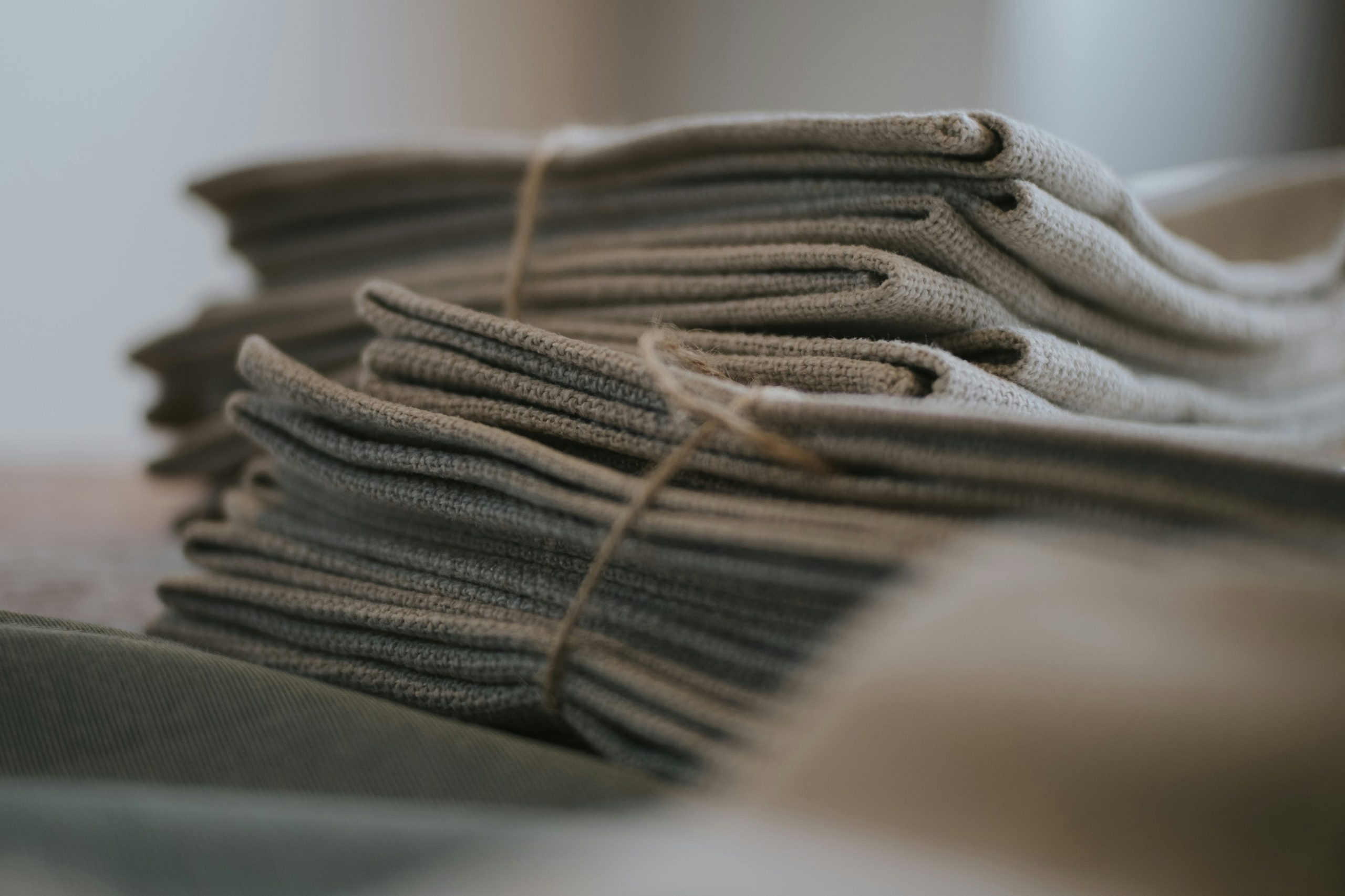
Baumwolle
Cotton is a naturally occurring fiber derived from the cotton plant. It’s flexible, absorbent, and long-lasting, which is why it’s popular in multiple varieties of clothing. Cotton fabric is frequently employed in t-shirts, jeans, and other common wear.
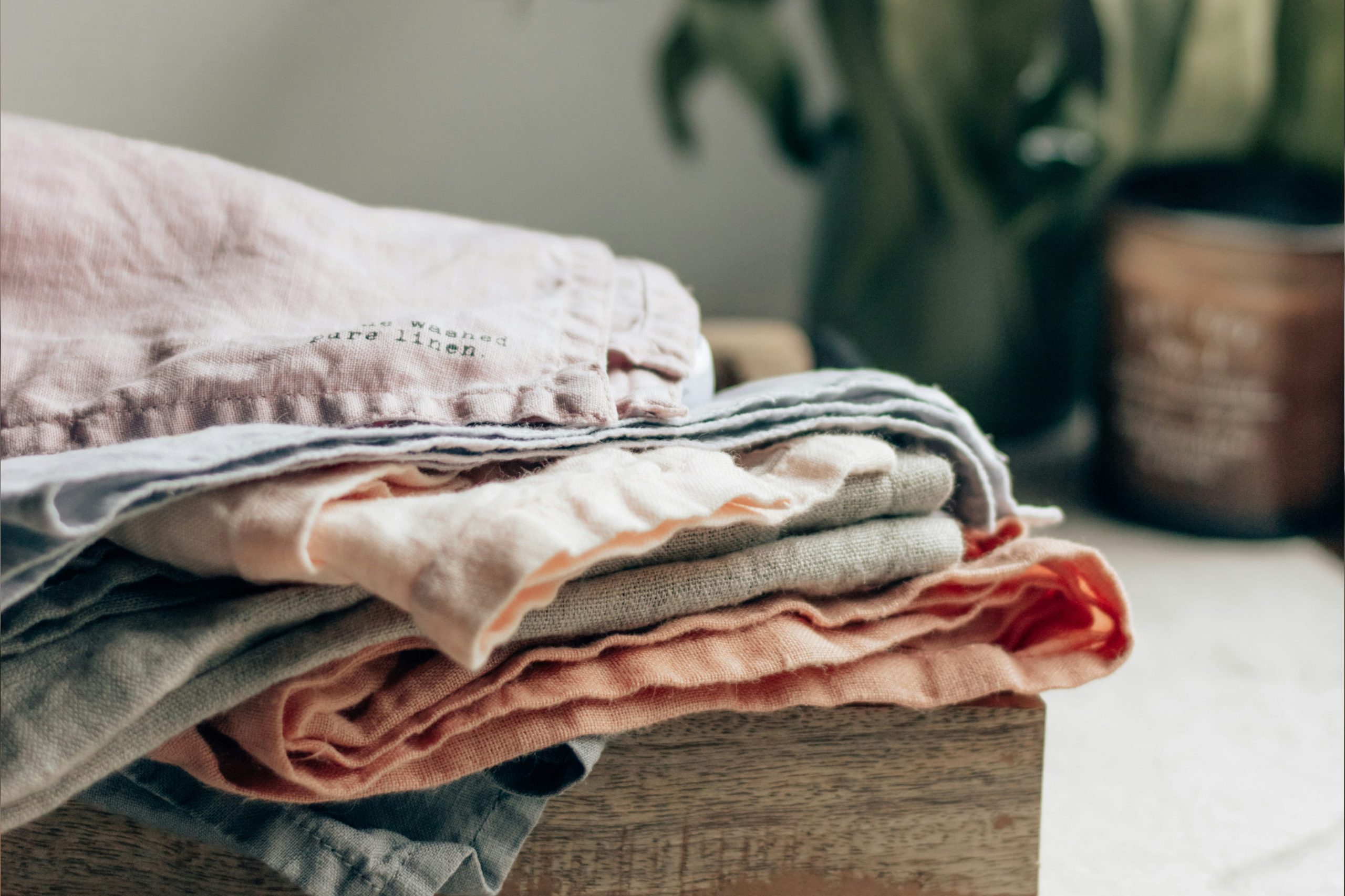
Linen
Another natural fiber that is derived from the flax plant is linen. It’s a strong, durable fabric that is commonly utilized in the summer time because of its breathability. Linen clothing is typically characterized by its lightweight nature and a casual appearance.

Silk
Silk is a natural fabric derived from the silkworm. It’s a silky and smooth fabric that is typically utilized in formalwear and eveningwear. Silk clothing is typically characterized by its lightweight nature and flowing, graceful design.
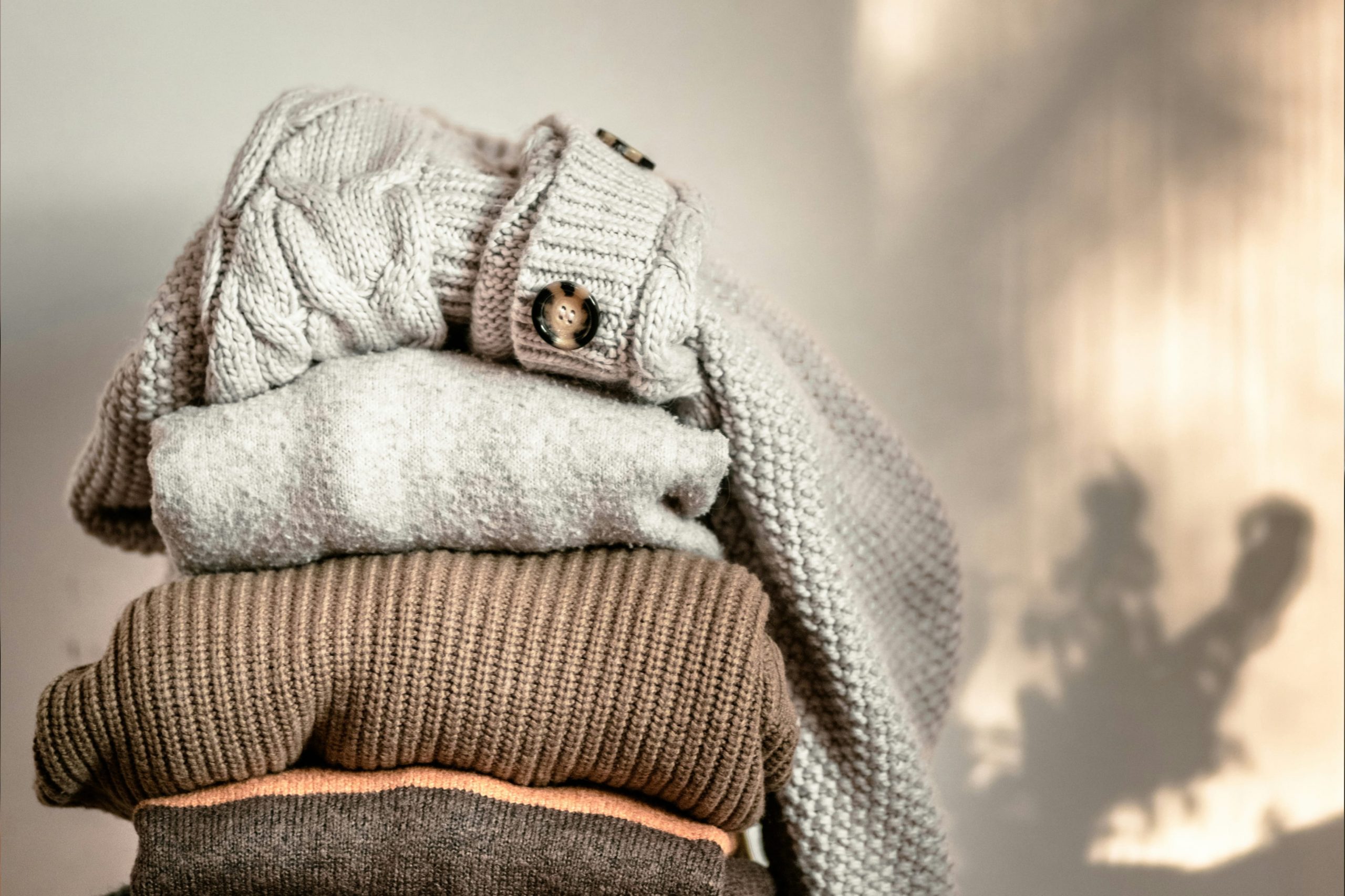
Wolle
Wool is a natural substance derived from sheep’s wool. It’s a warm and long-lasting fabric that is commonly utilized in winter attire. Wool clothing is typically heavier than other types of clothing and provides a comforting feel.
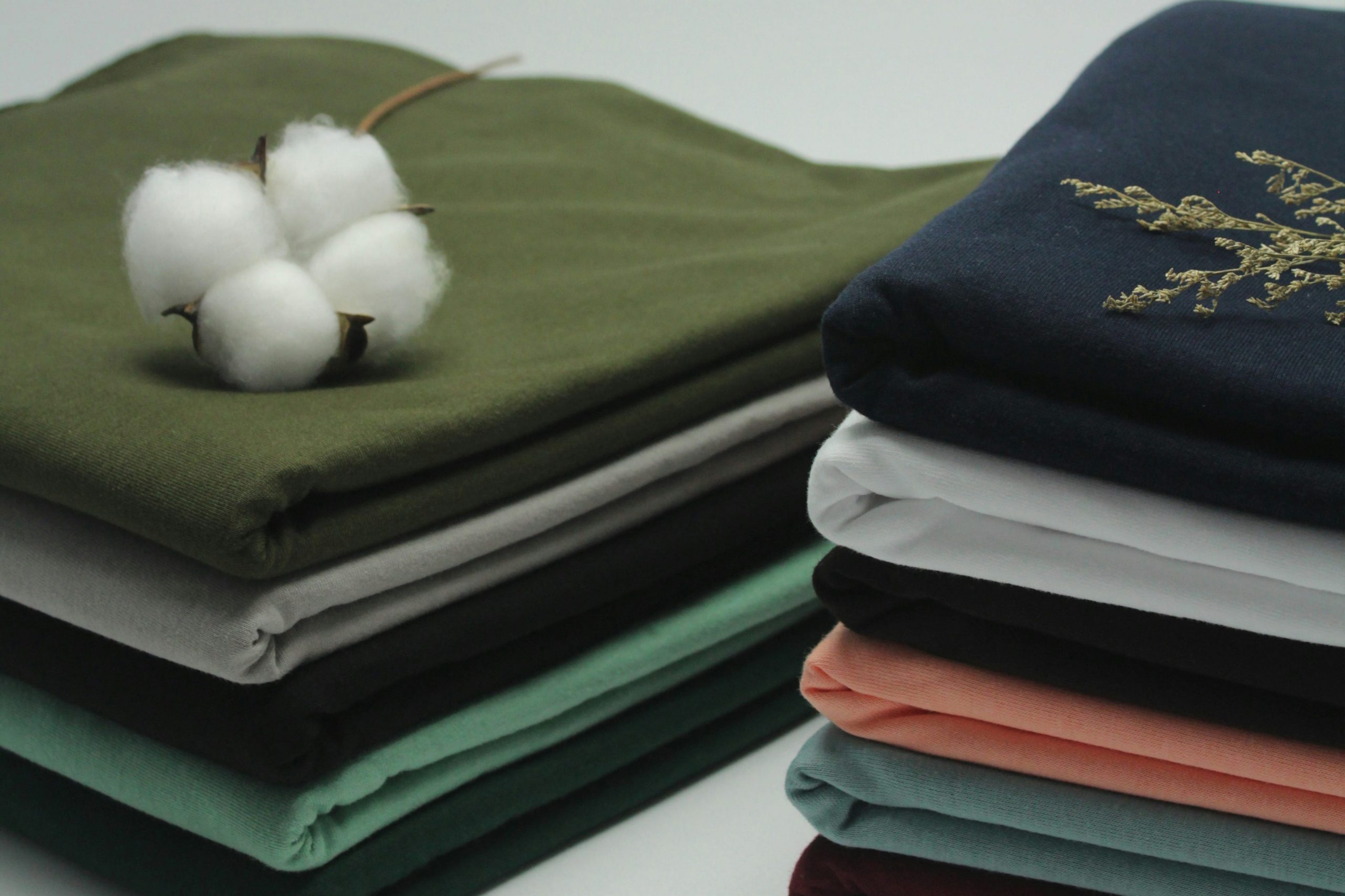
Polyester
Polyester is a synthetic fiber derived from petroleum-based substances. It’s durable and wrinkle-resistant, which is popular in many different types of clothing. Polyester is frequently employed in sportswear, workwear, and formal attire.
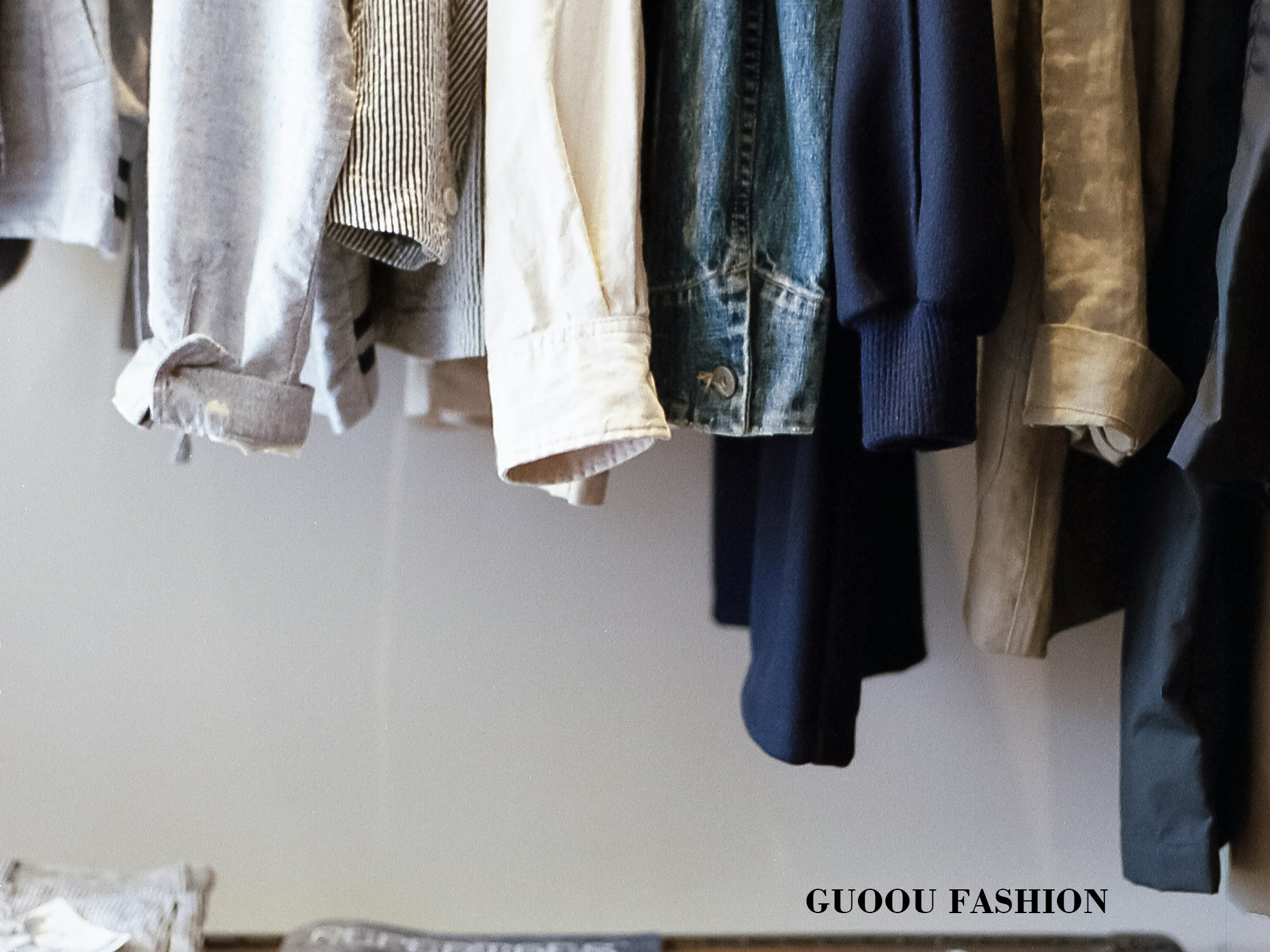
Nylon
Nylon is another synthetic fiber derived from petroleum-based substances. It’s durable and stretchy, which is popular for a variety of different apparel. Nylon is frequently employed in sportswear, swimwear, and hosiery.
3. The procedure of designing and creating clothing
As a new brand in the fashion industry, you must understand the different stages involved in manufacturing clothing. This procedure’s duration and scope can differ depending on the magnitude and scope of your brand, but generally speaking, there are five major stages and these are the following:
Step#1 Design
Design is the first step and typically involves creating illustrations or sketches of the clothing you’d like to create. This is the area where you choose the style, shape, and specific details of your clothing. Other considerations include colors, fabrics, and patterns at this point.
Step#2 Creating a pattern
Once you have a design, you must create a pattern associated with it. It’s essentially a mold that can be used to cut out the fabric and attach it to the garment. The process of creating patterns is either manual or computer-based, the latter of which is called computer-aided design (CAD).
Step#3 Grading
After you create a pattern, you must assess it. This implies creating different versions of the pattern with different sizes. Grading is vital because it guarantees that your clothing will accommodate a variety of individuals.
Step#4 Cutting and sewing
The following stage is to excise the fabric and stitch the clothing together. This is accomplished either by hand or with a sewing machine. If you’re Sewing machine is used, you will need to follow a pattern or template.
Step#5 manufacturing
Ultimately, you will need to create the clothing. This stage involves removing the fabric and sewing it back into place, then completing the garment. Production is possible by hand or with a machine. Also, it is important to note that some clothing companies source production from other countries, such as China.
4. The significance of branding and marketing in the clothing industry
Marketing is concerned with making your product accessible to the appropriate people, and ensuring that they understand what it is all about. Branding is the process of developing a reputation for your product that will lead to a desire to purchase it.
If you want to have a successful career in the clothing industry, you must understand the importance of brand awareness and marketing. Your clothing may be fashionable and well-made, but if no one is aware of your brand, you won’t have many customers. A powerful brand reputation can assist you in attracting attention and cultivating a devoted base.
Additionally, a successful marketing strategy can ensure that potential customers are aware of your clothing brand and what it has to offer. Whether you’ve been in the business for years or just started out, it’s important to invest in brand development and marketing in order to achieve success in the competitive fashion world.
5. Fashion Trends and the way they affect the design of clothing
Over time, fashion has changed in multiple ways. In the past, people would typically follow a single style of clothing and wear it for decades. However, today, fashion is evolving quickly, and people are always in search of the most recent trends. Some of the most popular fashion trends that have affected the clothing industry include:
When considered as a whole, the fashion industry’s trends have a significant impact on clothing design. What is popular on the runway or in fashion magazines often affects the designers’ decisions. For instance, skinny jeans became popular in the middle of the 2000s after being observed by famous people and models. As such, many designers; including those releasing their own versions of skinny jeans, began releasing their design.
The same is true of off-the-shoulder tops, which became popular in 2016. Designers quickly followed the lead, releasing their versions of the fashion. Fashion manufacturers must be cognizant of the most recent trends in fashion in order to create clothing that will be embraced by consumers.
6. Easy Steps to Create a Successful Fashion Line
If you want to pursue a fashion brand, there are a few essential steps that you must take to begin. Here are five easy steps that you can take part in order to begin releasing your clothing line.
Step#1 Develop a Complete Business Strategy
This will assist you in determining the long-term goals and objectives of your clothing line, as well as the steps you will take to achieve them. You will need to think about things like your intended audience, the price of your product, and the costs of manufacturing.
Step#2 Discover the Right Clothing Company
Businesses typically have two options regarding manufacturing clothing – they can either make the garments themselves or have production delegated to a clothing manufacturer. If you’re new to the industry, it’s probably best to partner with a clothing manufacturer.
They’ll be able to take care of the manufacturing process for you, and they can also help with things like choosing fabric and constructing clothing. China is one of the most popular locations for clothing procurement.
As the country is home to many factories that provide low-cost services
Step#3 Create a Branding Strategy for Your Clothing Line
Your clothing line’s design should be associated with the overall impression you want to leave. This includes everything associated with your clothing brand’s name and logo, as well as its promotional materials and website.
Step#4 Create a Marketing Strategy
Now that you’ve constructed your clothing brand’s reputation, it’s time to begin advertising your goods. Many methods are available to accomplish this, including online advertising, social media marketing, and email marketing. This will allow you to reach your intended target population and begin to build a brand’s popularity in the clothing industry
Step # 5 Advertise Your Clothing Line
After you’ve followed all of the previous steps, you’re now ready to begin creating your clothing brand! This is exciting news for both of you, so celebrate the success. Now, it’s important to begin advertising your clothing brand and taking your clothing to your intended audience.
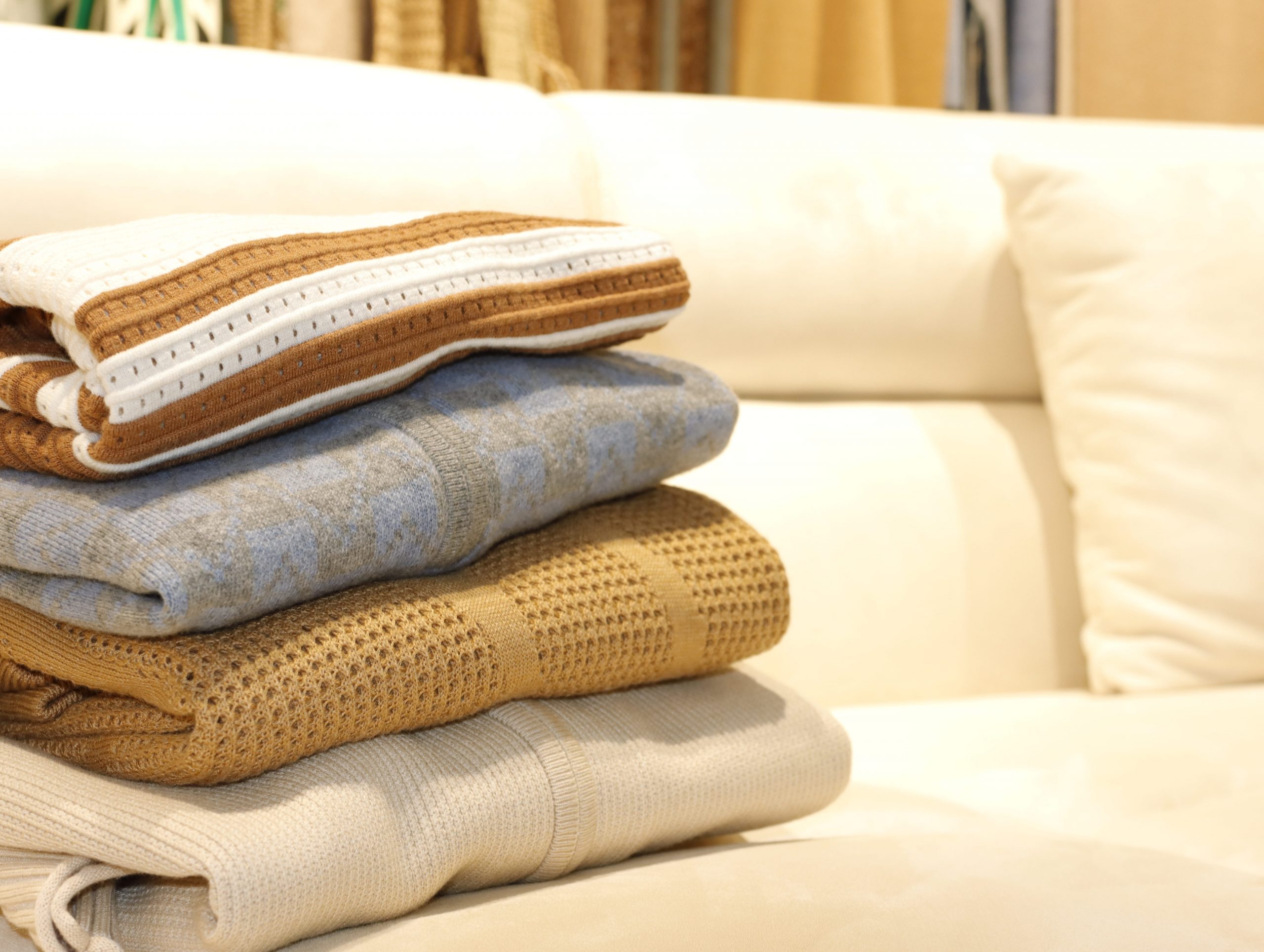
7. How to collaborate with China’s clothing manufacturers?
Many Chinese clothing manufacturers are capable of producing top-notch clothing at a fraction of the expense of western manufacturers. However, working with Chinese clothing manufacturers can be difficult, especially for startups that have no prior experience in manufacturing clothing.
Below, you will find the steps necessary to locate and partner with Chinese clothing manufacturers.
Step#1 Do Your Research
The first step is to research your own brand and locate clothing manufacturers in China that are appropriate for your clothing line. Not all Chinese manufacturers produce clothing of the same quality; it’s important to find one that is reputable and has a successful history.
A quick Google search for keywords like “Clothing manufacturer in China” oder “apparel manufacturer in China” would likely provide you with a long list of potential vendors. Another method of finding a list of apparel manufacturers in China is to explore online retail markets like Alibaba or Global Sources.
These websites catalog thousands of clothing producers in China, this facilitates the finding of a producer that meets your specific requirements. You can directly send questions to these websites or get their contact information from there and then email or call the company directly.
Step#2 Contact the Supplier and Request a Quote
When requesting a price, be sure to describe the exact type of clothing you’d like to create and the quantity that you need. The more specific you are about your request, the more accurate the quote will be.
You can also give manufacturers of clothing samples or designs that you want to create. This will help them understand what you’re seeking and may provide suggestions on how to improve your design.
Step#4 Discuss the Conditions and Pricing with the Suppliers
Once you’ve received a price quote, it’s important to begin talking to Chinese suppliers about customizing clothes. In China, it’s typical to discuss price, the minimum amount of order that can be made (MOQ), the lead time, and the payment terms. Don’t be hesitant to request a higher price or more advantageous conditions.
Step#4 Complete Your Order
Once you have all of the details of your order finalized, it’s time to place your order for manufacturing your clothing. Ensure that you get everything written down, this will eliminate any confusion later on.
You’ll probably need to pay a 30%-50% deposit before production begins. Once the production is complete, you must pay the remaining amount before the clothing is shipped.
Step#5 Examine Your Delivery
Once your clothing order is complete, it’s important to inspect it in detail to make sure that everything is as expected and that the quality is sufficient for you. If there are issues with your order, be sure to contact the clothing manufacturer immediately to address the issue.
8. 6 methods to recognize a dependable clothing manufacturer
How can you recognize which Chinese manufacturing companies of clothing will be trusted partners in your brand’s fashion? Here are a few recommendeds:
#1 Experience
The clothing manufacturing industry is highly competitive, this leads to a large number of new participants every time. However, in regards to choosing a clothing manufacturer, you should always focus on those with experience. A seasoned clothing manufacturer will have a greater understanding of the industry and will be able to provide you with a more extensive service.
#2 Reputation
A clothing manufacturer that is well-known is usually a good indicator of their reliability and trustworthiness. You can inquire about recommendations from other popular fashion brands or conduct some online research.
# 3 Business Profile
A reputable clothing manufacturer should be able to provide you with a business description or company history. This will help you understand their magnitude, their scope of operation, and the length of their enterprise. Also, it’s beneficial to see the clothing types they specialize in making.
#4 Capacity for Production
You want to make sure that they will have the capacity to fulfill your clothing desires immediately. It can be beneficial to request a tour of their facilities in order to observe how they operate and what their capabilities are.
However, if you reside in a different nation, this may not be possible. Alternatively, you can simply request references from other well-known fashion brands that they’ve collaborated with in the past.
#5 Quality Control
If a clothing company lacks a effective quality system in place, they will produce clothing that is of poor quality. Ensure that you inquire about the quality control processes and whether or not they have received certification from international organizations.
#6 Licensings
Some international certifications that clothing manufacturers can achieve demonstrate that they possess specific standards.
These are both standards for quality and environmental management, respectively. Look for a clothing manufacturer with these certifications is a good way to determine their commitment to quality and reliability.
9. Common Mistakes at startups are committed when launching a clothing line
When designing a clothing line, one error can lead to a difference between success and failure. To assist you in avoiding costly mistakes, we have compiled a list of the most common mistakes that startups make when designing their clothing lines.
Target Market not well-defined
When you’re initially starting, it’s common to attempt to attract everyone. However, this is a simple way to flop. You must understand the target audience and their desired traits, otherwise, you will create clothing that they will not enjoy.
If you attempted to reach everyone, you would have a clothing line that failed to interest anyone. Do your research and choose your target audience as precisely as possible.
Not understanding the manufacturing process
Clothing manufacturing is a lengthy process that involves numerous moving components. If you aren’t aware of the basics, you’re probably going to encounter issues.
For instance, you may not recognize the types of designs that cannot be applied to your clothing by machinery. This implies that you must pay for additional individuals who can perform the labor manually, this will ultimately cost you more money.
Not Working with a Reliable manufacturer
Occasionally, clothing startups will attempt to minimize costs by partnering with a less well-known manufacturer. This might initially seem like a viable concept, but it is typically followed by a error.
Reputable manufacturers have extensive experience, and they have learned how to avoid potential issues. They’ve also formed associations with other vendors, which can lead to better prices for materials. Working with a renowned manufacturer will benefit you both financially and time.
Having a solid business idea
Your business plan must include your intended audience, your marketing strategy, your manufacturing process, your financial estimates, and additional details. Without a detailed business plan, it will be difficult to convert your clothing company into a success.
Not Investing in Quality
It’s prone to cut expenses and save money where possible. Your customers desire clothing that is crafted with care and will last. If you attempt to reduce costs by using inexpensive materials or sub-par manufacturing, you risk the quality of your products. This will ultimately lead to unhappy customers and failed sales.
Too-early investments.
Conversely, some startups have a tendency to spend too much money on their clothing line too early on. While it’s vital to utilize quality components and purchase a reputable manufacturer, you don’t have to spend a lot of money.
Start with a small store and expand as your clothing brand grows. When you’ve already witnessed your business’s success on a smaller scale, you can then devote more money to it.
Abschluss
The fashion world is enthralling and evolving constantly, all of it is similar to the startup of a new business and adding your own unique contribution to the industry. However, before you achieve too much success on your own, it’s essential to do research and make sure you have all of your ducks in a line.
By taking the time to find a reputable supplier and developing a positive relationship with them, you will have a successful outcome. And, if you have any questions about the process, don’t hesitate to contact us at Guoou Fashion. We want to discuss with you our years of knowledge in the manufacturing of clothing!

 English
English Deutsch
Deutsch Français
Français Italiano
Italiano Español
Español Русский
Русский Polski
Polski Nederlands
Nederlands Svenska
Svenska

